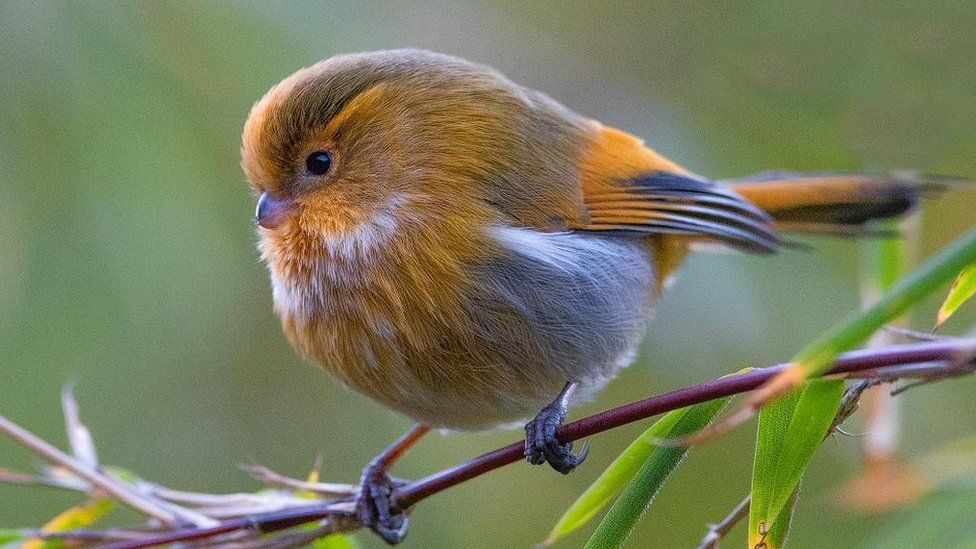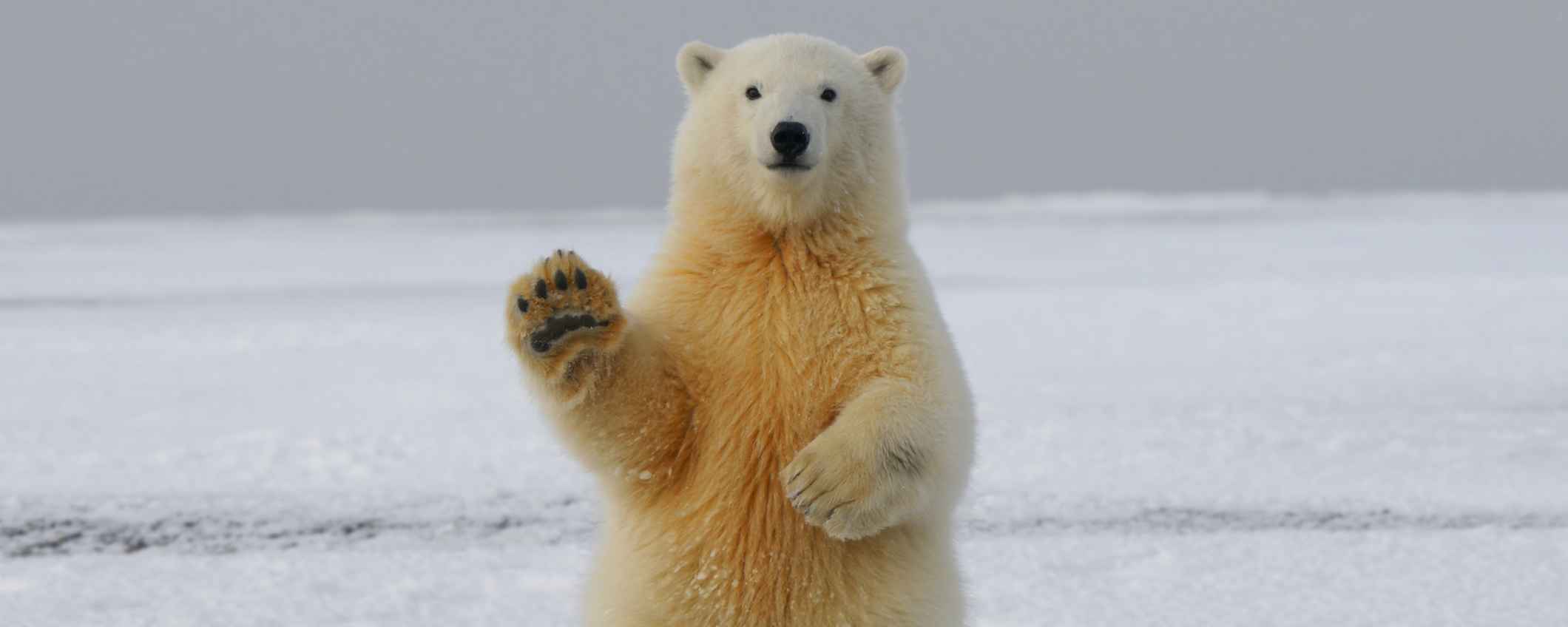- What is the biggest land animal in North America?
a. Polar Bear
B. Aligator
c. lion
a. Polar Bear

- Alligators are native to the U.S and which other country?
a. Africa
b. China
c. Germany
b. China
How many species of bison are left in the wild?
a. 8
b. 12
c. 10
b. 12

- What is the fastest land animal in North America?
a. wolf
b. Pronghorn
c. racoon
b. Pronghorn

Which animal has the strongest bite?
a. Lion
b. American Alligator
c. Bobcat
b. American Alligator

- Which is the fastest bear?
a. Brown
b. Black
c. Polar?
b. Black Bear

- What is hair made from?
a. Keratan
b. cotton
c. food
a. Keratan
The hair is made up of 95% keratin, a fibrous, helicoidal protein (shaped like a helix) that forms part of the skin and all its appendages (body hair, nails, etc.)
Can birds see color?
a. Yes
b. No
b. Yes

How many species of rattlesnake live in North America?
a. 10
b. 5
c. 15
c. 15
Black-tailed rattlesnake, Eastern diamondback rattlesnake, Massasauga, Mojave rattlesnake, Pygmy rattlesnake, Red diamond rattlesnake, Ridge-nosed rattlesnake, Rock rattlesnake, Sidewinder rattlesnake, Speckled rattlesnake, Tiger rattlesnake, Timber rattlesnake, Twin- spotted rattlesnake, Western rattlesnake, Western diamond rattlesnake.
 .
.
- Which animal has the Latin name Castor canadensis?
a. Skunk
b. American beaver
b. American beaver

What color is a polar bear’s skin?
a. red
b. black
c. yello
b. black

What is the largest bird in North America?
a. Raven
b. California condor
c. Eagle
California condor

- Which mammal lives the longest?
a. Bowhead whale
b. Groundhog
a. Bowhead whale

Which is bigger? Crow or raven?
a. Crow
b. Raven
b. Raven

What is the extra sense that dolphins have?
a. taste
b. Echolocation
c. touch
b. Echolocation
Echolocation allows dolphins to “see" by interpreting the echoes of sound waves that bounce off of objects near them in the water. To echolocate objects nearby, dolphins produce high-frequency clicks. ... Dolphins pick up those echoes with their lower jaw and their enormous foreheads.